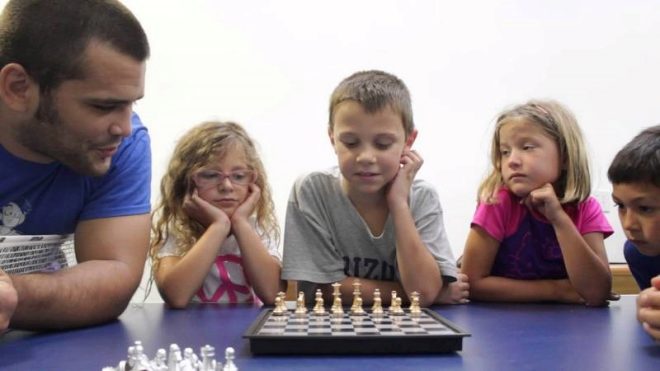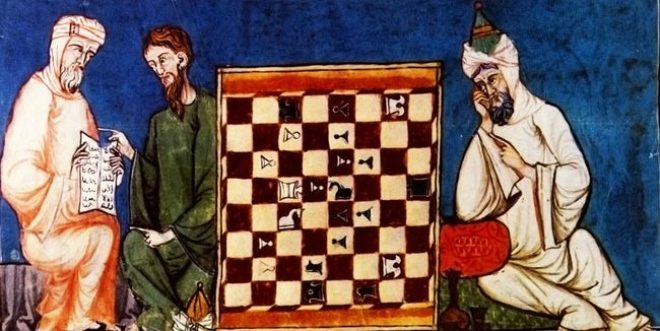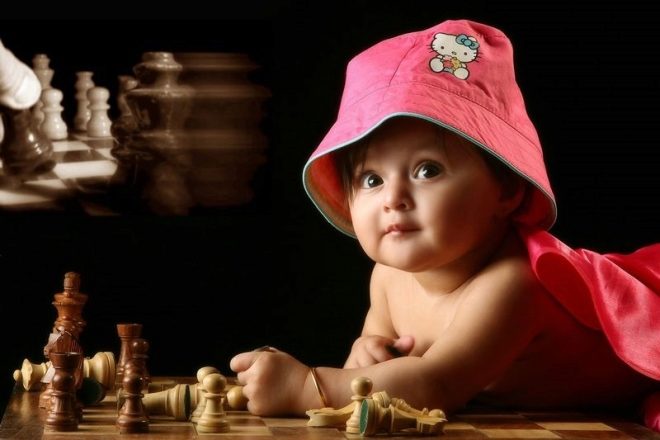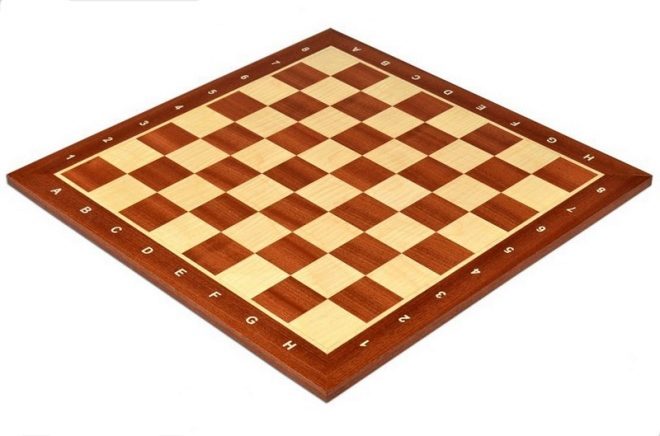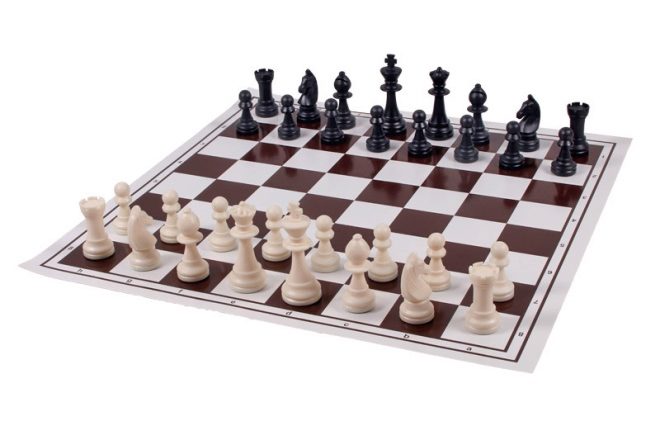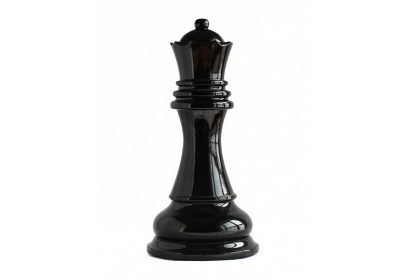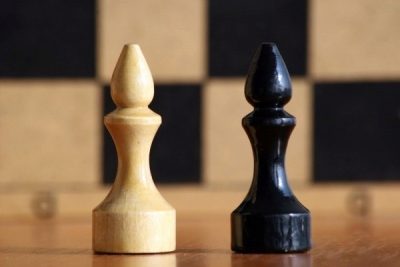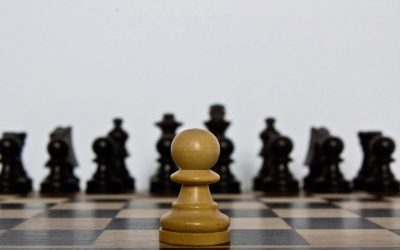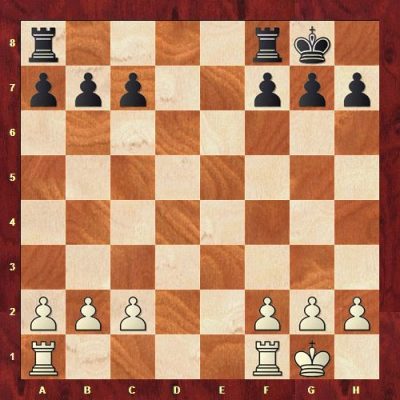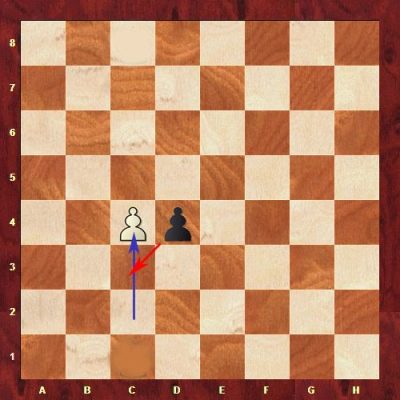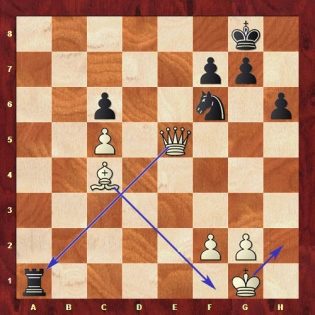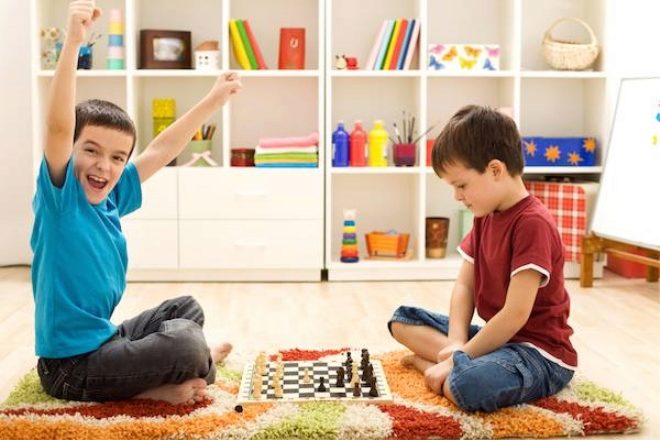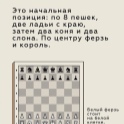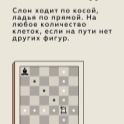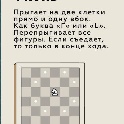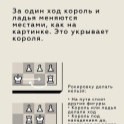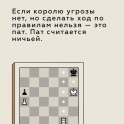How to teach a child to play chess from scratch?
Has your child ever played chess? Would you like to teach him from scratch this game? Then you will be very useful to read this article. Even if you yourself are not an expert on chess, you can teach a preschooler the basics of this game.
For a start, you can tell the kid the story of the creation of chess (depending on the age of the child, you can slightly change the story).
The legend of the appearance of chess
In ancient times, the ruler of India was a young youth Bagram. He never listened to other people's advice, was extremely hot-tempered and arrogant. Bagram fought endlessly with its neighbors, even if they had stronger troops. As a result, India was close to ruin, people began to starve. The courtiers could not convince the raja (then in India, the rulers were called that) not to resort to military force.
Once, one of the wise men, Nazir, suggested to Bagram to play the game he invented, called chess. Each of the two rivals in this game had its own army, resembling the real army of the time - it consisted of infantrymen, horses, elephants, rooks. The one who was wiser and far-sighted won in chess, because both armies were equal in strength.
The young ruler liked the chess game so much that he instantly became a strong player, told all the courtiers to learn the game, and began waging endless battles with them on the board.
A sage for the great invention, he decided to generously reward. But when the ruler asked Nazirya what he wanted, he replied: “I need very few grains, it will be enough if you put one grain on the first cell of the chess board, and 2 times more for each next one than the previous one. And give them to me. ”
Bagram, surprised at the modest request, self-confidently promised to give Nazir his bag of wheat. But the sage asked him not to hurry with the answer and calculate how many grains are needed.
When the best scientists counted the required number of grains, there was no limit to their amazement. In total, 18 quintillons of wheat turned out, this is a huge amount - more than the grains of sand in the Sahara desert!
Raja understood that Nazir had taught him a lesson for self-confidence. He was shocked by his wisdom and imbued with great respect for chess. The ruler realized that he needed to listen to the opinions of others. Bagram began to constantly play chess, established relations with his neighbors, and now he fought only on the chessboard. In India, he began to develop agriculture and crafts, and India began to flourish.
Now you can acquaint the child with the rules of chess.
Basic elements and rules of the game
Chess board
Show the child a chessboard.
A chessboard consists of 64 dark and light squares, which are called fields. Regardless of the shade of the fields, light ones are called white, and dark ones are black. The same applies to the figures - the light ones are called white, the dark ones - black. The colors of the battles of the arena alternate. The board is numbered horizontals in numbers from one to eight, and verticals - in foreign letters from a to h.
It is important to correctly position the chessboard - there should be a black field on the left. A chessboard is a place of battle, here two armies of figures, led by kings, are fighting.
Chess troops
Each enemy has an army of 16 pieces. When a piece moves on a board, this is called a move. Figures can "eat" enemies, while eaten removed from the cells, and the winners - are put in their places.
King
The king is the central figure in the game, but also very weak. He makes very modest moves - one step (field) in all directions, and "eats" in the same way. The king is very important to protect and protect, because if the king "perishes" - the party ends.
Queen
Queen - means the commander, commander. Lovers mistakenly call the queen the queen. For young children, you can leave this name - it will be more interesting for them to master chess.
A queen is the strongest piece, he makes moves on straight lines and diagonals on any number of fields, eats the pieces of rivals in the same way.
Rook
Each player has two rooks, they stand in the corners of the board. This rhyme will help the rook move the little ones - “I am stubborn with my character, therefore I walk only straight.” The rook always moves in straight lines and "eats" the figures in the same way.
Elephant
There are 4 bishops in the game - 2 for each player (some are mistakenly called officers). They can only walk along oblique lines — one reigns on the white diagonals, the other on the black ones.
Horse
Each side has 2 unusual figures - a horse. The horse is a very interesting figure, he is the only one in the game who can jump over any shapes. They say that the horse moves the letter "g" - one cell sideways and two forward, or two - sideways and one forward.
Pawn
Pawns are the most numerous pieces, each opponent has eight of them. Army pawns are infantry, the weakest figures. They can walk only one field in a straight line and usually die first. Initially, they are allowed to go both one and two fields forward. Eat other people's figures diagonally.
Unusual moves in chess
Castling
This is a special and very important move in which two different pieces (the king and the rook) move at once, the king hides in the shelter, and the rook is displayed in the center for an active game. He performs like this - the king moves towards the rook, and the rook jumps over him and becomes side by side. Each side can only make one castling during the game.
Capture on the aisle
A pawn is allowed to “beat” an enemy pawn in the field through which it jumped in the first move.
What goals are pursued in a chess battle?
The task of each player is to attack the king's partner. Attacking a figure of the enemy king, against which he can defend himself, is called Shah. An attack against which there is no defense is called mate. In this case, the game ends, the chess player lost.
What is the best way to play chess for beginners? Do not yawn, carefully look at the board, think over the opponent's moves.
Chess Learning Tips From Scratch
- Buy a good textbook for children on chess - for example, V. Grishin “Kids play chess”, I. Sukhin “Chess for the youngest”, or any other self-instruction manual.
- Solve simple chess problems during chess lessons.
- Make learning fun - find or come up with fairy tales about chess, tell them to your child (for example, the amazing adventures of a pawn).
- Include an interesting cartoon or chess video lesson.
- Use creativity to interest the child in chess - draw chess pictures, sculpt and cut pieces.
- Play with the child more often, or let him fight with other novice chess players.
- Make chess interesting and informative for a child, and he will surely love this game.
The next step will be more in-depth learning to play chess.
See below for a few short tutorials on chess.
The first lesson discusses the main questions: what are the names of the figures? how do they go? and where are they located?
From the next lesson you will learn what is check, mate and pat.
The following video describes several interesting moves in chess.

